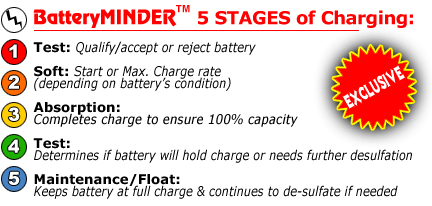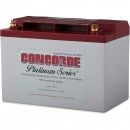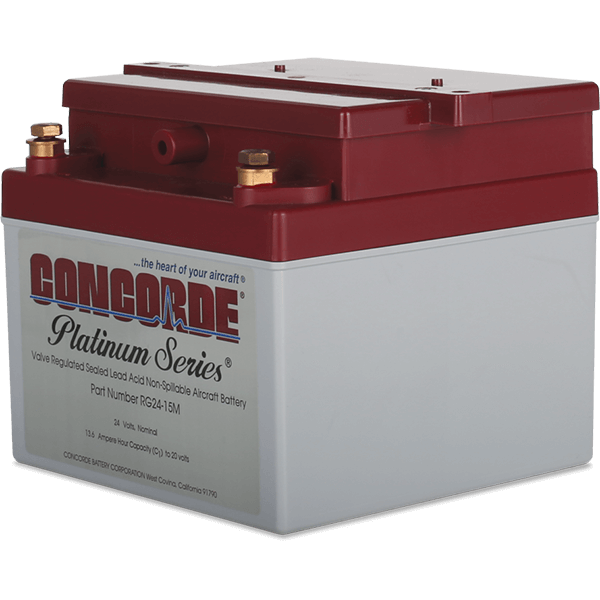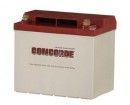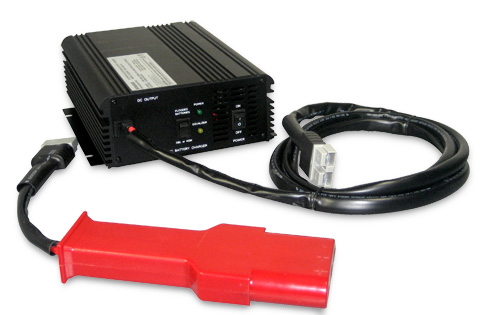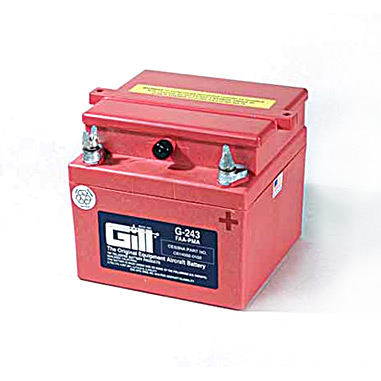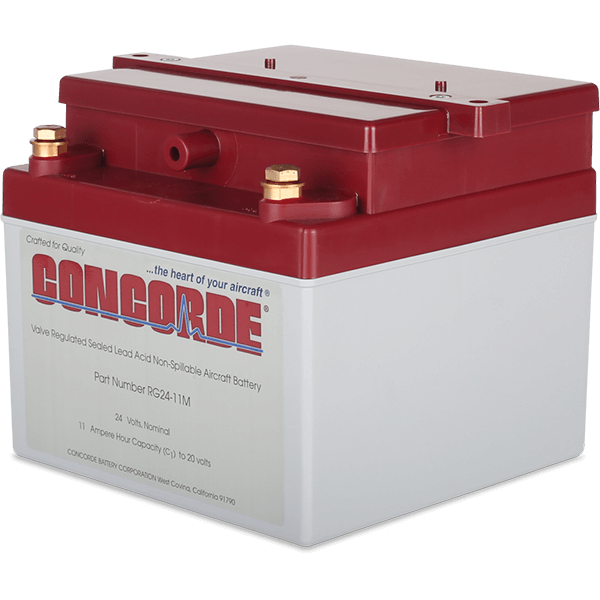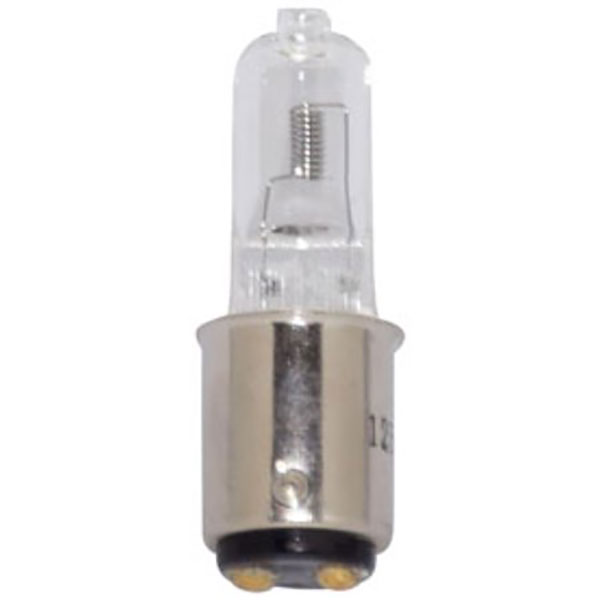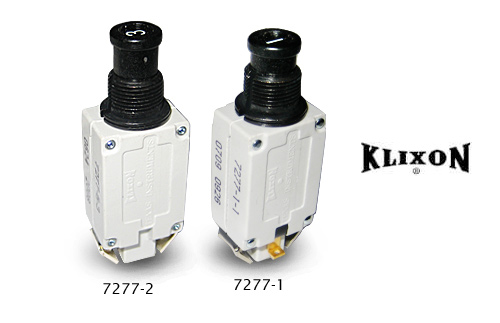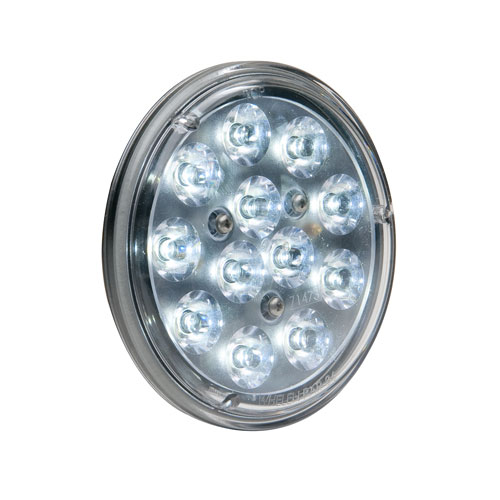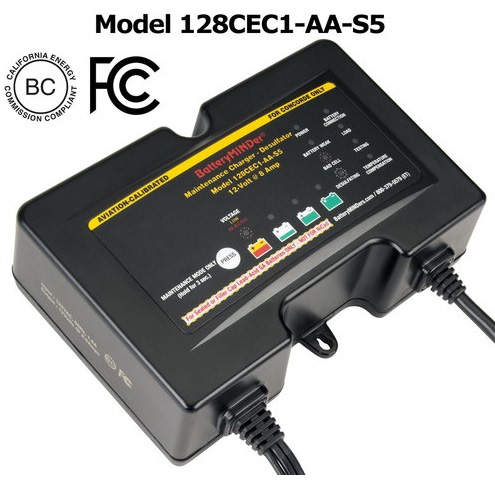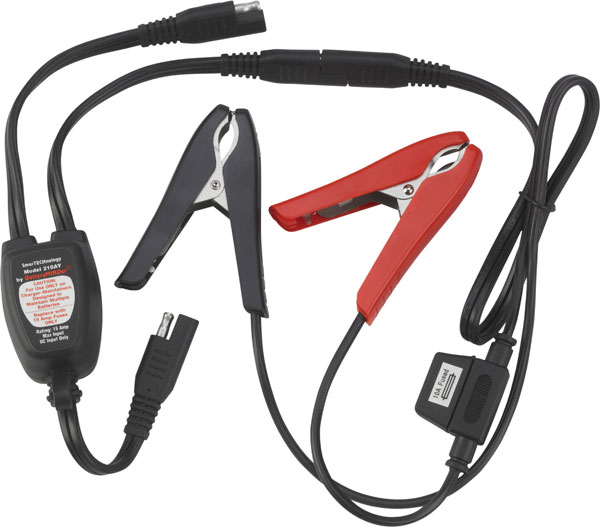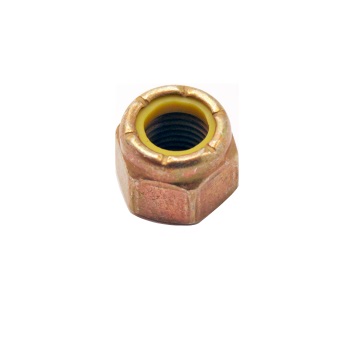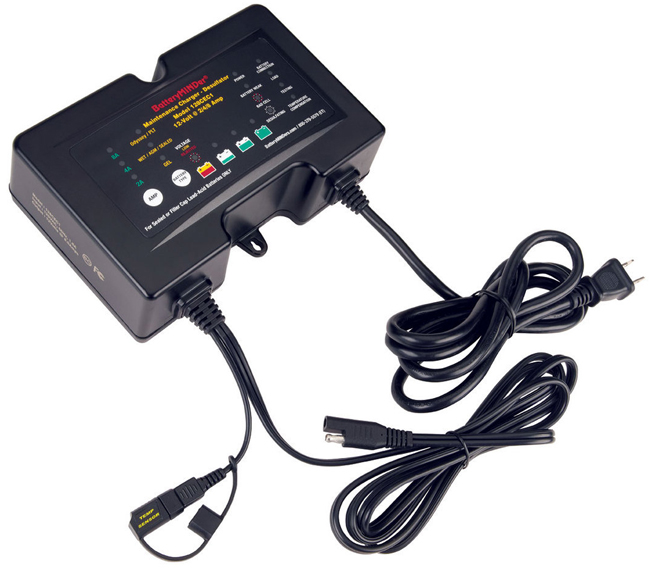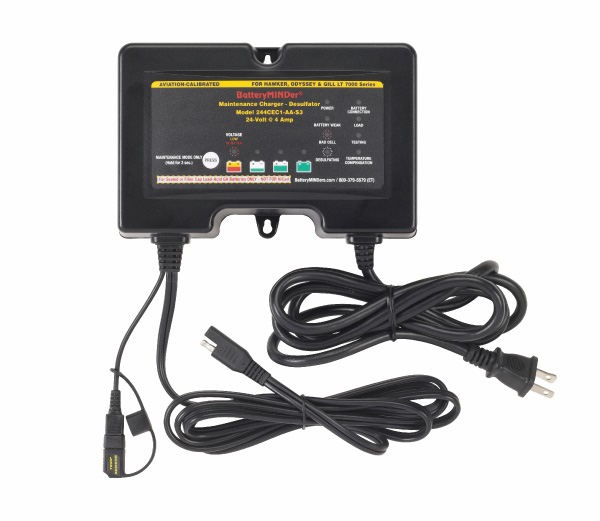| Aviation Calibrated BatteryMINDer, Model 244CEC1-AA-S5 24V 4-AMP Aircraft Battery Maintenance Charger-Desulfator
Works With: CONCORDE® Aviation Batteries
These are designed for all size and type 24-Volt Concorde® Aviation Batteries. If you want the longest possible Life and Performance from your Batteries there is no other product better at doing just this and BatteryMINDer Guarantees it! BatteryMINDers are amongst the highest rated brand of products (4-Star and 5-Star Reviews) in the industry and are backed by a 5-Year ?No-Hassle? 100% Warranty. Note: Three Important Keys To Know 1. The included battery clips are for temporary or bench connections.
2. Benefits for max battery life and restored capacity, requires continuous full-time maintenance charging.
3. For safety and convenience, a quick connection wiring harness to the battery must be installed. For experimental aircraft: Model (11-14576) RTA-2415EXP installed by builder.
For FAA certified aircraft: Model (11-10835) BM-AIK2 installed as minor alteration and return to service with log entry. - Guaranteed to never overcharge/undercharge. (33°F to 130°F)
- Tested and endorsed by Concorde Battery Co. and other leading makers
- Auto-selection for charge rate and battery types ensures 100% compliance with Concorde® specifications
- 100% Full - Time U.S. Patented Pulse-type Desulfation keeps battery free of sulfate or dissolves sulfate completely in older batteries
- Detects and rejects batteries with bad cells with auto-shutdown. Terminate charge to prevent out-gassing
- Maximize battery life and capacity, recovers weak batteries.
- Diagnoses battery?s condition / state-of-charge
- Recovers weak or deeply discharged batteries.
- Maintain up to 2 Aviation batteries at a time. (requires Y-Connector Item # 27879)
- Auto-Restart after power failure
- Intrusion protected from water and dust per IEC STANDARD IP65.
- Includes Short circuit, spark, reverse polarity protection, thermal runaway protection, automatic D/C disconnect on A/C failure and quick-connect/disconnect fused alligator clip assembly
- Very high efficiency. California CEC Approved. Certified to California Energy Commission Standards.
- Automatically detects input AC power.
- ECO-mode with hi-efficiency / low power consumption. This allows the unit to always remain connected to AC while consuming very low level of electricity.
- Ambient temperature compensation. Built-in temperature sensor automatically adjusts charge rate to ensure full-charge. (as low as 0°F or as high as 130°F)
- 12 LED indicators show state-of-charge and important status mode / battery condition.
- Rugged, vibration-resistant construction.
- 6' AC cord, 6' DC cord with quick connector (SAE).
- 1 Year 100% Money Back Guarantee, 5 Year Manufacturer?s ?No Hassle? Warranty.
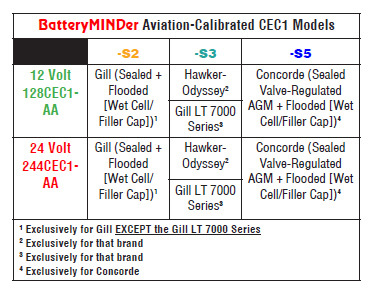
* Not for lithium, nickel?cadmium (NiCad), nickel?metal hydride (NiMH) or aircraft batteries.
* Depends on model and connection to batteries in parallel using BatteryMINDer accessory 210AY or customer-provided wiring assembly.
** International Electrotechnical Commission, an international standards organization.style="color:red;">
Why You Need an Aviation-Specific Charger-Maintainer
By Bill Woods, VP of VDC Electronics
Problem:
If you have been neglecting your battery, not flying as much or just tired of replacing it every 2-3 years, listen up. A good quality aviation specific battery (12-V or 24-V) should give you 5+ years of safe, near full capacity performance, if it is properly maintained. If you think occasionally charging your battery with an automotive or "trickle" charger is all you need to do to keep it healthy, think again. Yes, even a sealed dry "maintenance free" aviation battery needs to be kept at full charge, at all times, to avoid something called "sulfate". What is sulfate? It is the #1 cause of early battery failures, far greater than even vibration, high-low temperatures or contamination. It?s caused by failing to keep a battery fully charged, such as when your flight times are short, i.e. typically less than three hours.
What?s the Difference?
An aviation-specific battery is different than auto or marine types. To maximize the cranking amps and reserve capacity, while trying to minimize weight and size, aviation battery manufacturers use a higher specific gravity (SG) electrolyte in their aviation batteries. This "hotter mix" (more H2SO4 [sulfuric acid], less H2O [water]) means it will be overcharged whenever a non-aviation charger is used. Why? Automotive chargers are set at a higher output voltage (typically 13.8 -14.6 volts) than aviation batteries can handle. In addition, they are typically not "at-the-battery" temperature compensated which means the problem becomes even worse as the temperature rises. This results in overcharge, especially in temperatures above 25°C (77°F). In a maintenance type battery (filler caps), the need to add water beyond small amounts every 3-6 months, indicates the battery is being overcharged. Sealed "dry" maintenance-free batteries also lose electrolyte through their venting valve in the form of a vapor-gas. Unlike maintenance types, there is no way to replace it and the battery is on its way to dying, long before it should. Undercharging in cold weather also results when using any type charger that does not compensate for the cold by increasing its output voltage when temperatures drop below 60°F (15.5°C).
What is the Result?
When sulfated, a battery can never be fully charged no matter how long it is left connected to a charger.
The Solution:
Keep the battery fully charged at all times you are not flying the plane. If the battery is already sulfated, an aviation specific charger with a de-sulfating mode that uses high frequency (not high voltage) will dissolve it, returning the battery to a healthier condition. A full charge, from the right charger, can then be accomplished. How do you know when your battery is sulfated? Simply put a digital voltmeter across the terminals, after the battery has been charged and left "rested? for at least 12 hours. If the voltage is less than 12.9 (25.8 for a 24-V) the battery is sulfated. It can be reversed (dissolved) with the right charger-desulfator, providing the readings are not less than 12.5 volts (or 25 volts for a 24-V battery).
Only "at-the battery" temperature sensing charger-maintainers, set to the voltage levels recommended by the aviation battery manufacturer, should be used other than for "jump starts." If other types are used, battery life will be shortened by years with lower cranking amps and reserve capacity. The money you may save, by using a non aviation specific charger-maintainer, will be more than offset by more frequent battery replacements and a less safe battery, due to diminished capacity.
Conclusion:
If you are not getting 5 or more years of 85% or greater capacity from your battery, then you are already paying for the right aviation specific charger-maintainer you could be using to avoid sulfate and extending life and performance. Given the price of batteries vs. the cost of a good aviation specific charger-maintainer-desulfator, is easy to justify. |






